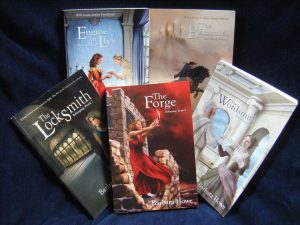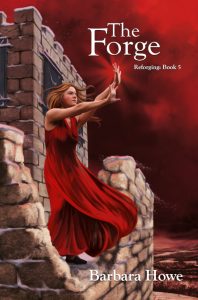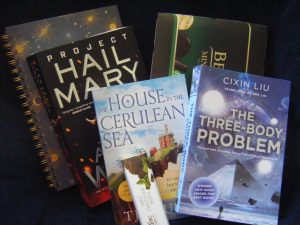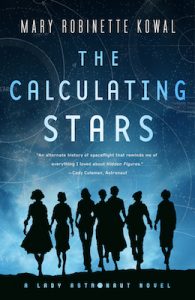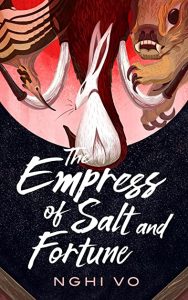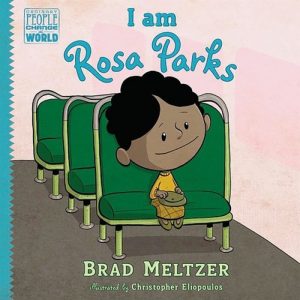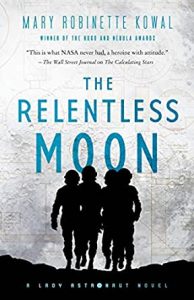
In my last post, I wrote about The Calculating Stars, the first book in the Lady Astronaut series by Mary Robinette Kowal. That book had its good points, but I had some reservations about it. I liked The Relentless Moon, the third book in the series, much better. Science and technology are at the forefront in this one, and combined with a mystery and taut suspense—while still being character-focused, a neat trick—it added up to unputdownable. The action started fairly early on, and didn’t let up. The Relentless Moon “ruined” a weekend for me; all my other plans were trashed as I got caught up in this story.
The first two books follow the original Lady Astronaut, Elma York. This book follows one of her friends and colleagues, Nicolle Wargin. Nicole has her own, different mental health issue, but it’s less obtrusive to the main plot, and with Nicole spending most of the book on the moon while her husband is home in Kansas, there’s none of the lame sex, either.
The plot can be summarised in one word: sabotage. A group calling themselves Earth First is determined to halt the space program. They are at work on Earth, attacking the planet-bound engineers and trying to prevent launches, but it soon becomes obvious that they have infiltrated the astronaut corps, and have at least one saboteur on the moon. As increasing numbers of people working at the moon base are incapacitated, it is up to Nicole to find the saboteurs and neutralise their surprises before they ruin everyone’s chances of survival.
There are several things I like about this story. One is the focus on real-world engineering problems. (Especially with 1960s-era technology. It’s amusing to contemplate a functioning moon base with a human switchboard operator handling their long-distance calls to Earth.) The book is full of reminders of how many different systems have to work together to create a liveable environment. Space is an unforgiving place, and the sheer number of things that can go wrong is astronomical. (Sorry, couldn’t resist.)
And that leads into another thing: I enjoy reading about intelligent people solving problems and not downplaying their own competence and worth. Especially women. Especially women who can hold their own in discussing engineering problems, despite the men trying to keep them in restrictive roles, like administrative assistant, that they have no aptitude for.
And finally, there’s the teamwork aspect. Nicole is the narrator, so the story is hers, but she relies heavily on the people she trusts most: the women and Blacks that the white men in charge never fully welcomed into the space program. Several of them play crucial aspects in this story. I love stories with decent, ordinary people working together without needing to question their obligation to the common good. The mix here of intelligence, competence, teamwork, and responsible behaviour makes a quite satisfying combination.
The only thing I didn’t like about The Relentless Moon was the Epilog. I just couldn’t buy into where Nicole lands back on Earth, not given the 1960s setting. But that’s a minor quibble.
I’ve reviewed the first and third books in this series. What happened to the second book, The Fated Sky? I skipped it—I wasn’t that enamoured with Elma York—but now I expect I will backtrack and read it, too. While connected, the books work pretty well as standalones; knowing the impetus for this alternate timeline’s accelerated space program and who the main characters are from the first book help with the third book, but I expect a reader can pick most of that up from context. Just be aware that this book does have a spoiler for The Fated Sky.
There is a fourth book, The Martian Contingency, due out in 2022. I’ll be looking forward to it.
Trigger warnings: grief, death, eating disorders, sexism, racism, infertility, epidemic disease, human excrement.
